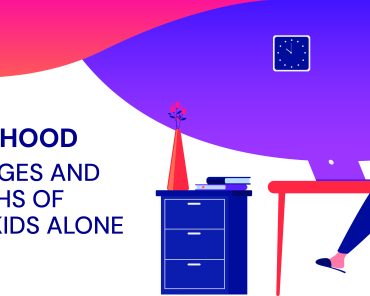By ayoti
Women and the Spirit of Festivals: Stories of Strength and Unity
Festivals are one way in which the cultural heritage of a community is carried forward through celebration, remembrance and joy. While each festival carries its unique customs, one constant across them all is the importance of women’s functions. It is not just about organisation and arrangement or planning and preparation – they are strength, endurance, and togetherness – the essence of the occasion. This type of festival has been identified as having highlighted women and their roles the most. It includes Onam, the harvest festival mostly celebrated in Kerala, India.
- Women as the Heart of the Festival
Onam is a very popular festival in Kerala as it commemorates the homecoming of the legendary King Mahabali and the onset of the end of the monsoon season. It is colourful and lasts about ten days, and it is a religious celebration of traditions, religious activities, and meals. The management and leadership of many festival aspects, such as the decoration of homes with Pookalams, which are floral rangoli patterns, and the preparation of the Onam Sadya, which is the traditional feast, are largely done by women.
In this way, the formation of Pookalam’s work indicates that the particular art is formed through the collective contribution of society. Young women and girls from different households, including low-class and high-class women, motion collectively to beautify courtyards with these floral patterns. These designs depict peace and togetherness; hence, the women protect these beautiful cultures. This brings people together to collaborate in generating something as beautiful as the greatest art piece, which calls for respect in the basin. In this regard, the simple acts performed by women during the celebration of Onam maintain cultural practices and make the young generation feel they belong to a culture.
The preparation of the Onam Sadya is a woman-dominated affair. The women in the house prepare fifteen or more items for the feast. This grand feast demonstrates their ability to prepare and present food and their responsibility as food providers and caretakers of the family and the community. Onam is not just a meal during which the hosts cook and serve food to their family members. It is also a statement of abundance, giving, and love that is very much associated with celebrating womanhood in festive seasons.
- Women as Pillars of Strength in Festivals Worldwide
In their festival performance, women represent tradition and the strength of the world and how this unites people and sustains communities. In Mexico, for instance, women are responsible for preparing altars of ofrenda during the Día de los Muertos, a celebration of the Day of the Dead to commemorate the dead family members. These altars have photographs, candles and food; the marigold flowers play an important role as they are associated with the spiritual realm. These altars are constructed mainly by women who thus express ancestor worship to ensure that their forebears’ deeds are not easily forgotten.
Closely related is the Obon Festival of Japan, where it is a tradition for women to prepare homes to receive the spirits of their forefathers. They wash houses, cook nice meals, and lead the families in the ceremonies of mourning and honour. The optimism with which they approach these roles testifies to the culture that ascribes women as protectors and nurturers of shrines and all things sacred.
Swaziland observes African counterparts such as Umhlanga, also known as the Reed Dance, which shows a way forward for women’s power. This annual event commemorates purity, unity, and womanhood, where thousands of girls and young women perform cultural dances in the presence of the royal kingdom. Thus, the festival becomes a culturally significant event focusing on women’s place in society, courage, virtue, and sisterhood.
- Bridging Generations and Communities
Women are more focused on the social aspect during festivals, working not only as organisational secretaries but also as emotional and cultural mediators between generations and people. Traditions and why they are executed are expressed through the lens of women’s oral history in the story of why we celebrate. Sometimes, they can be seen as cultural keepers who recall when certain ceremonies originated and never let us forget the values accompanying those celebrations.
On occasions like Onam, women narrate the story of King Mahabali and his era of freedom and happiness. But these stories are not just legends; they stand for what women of that era wanted future generations to learn—about courage, equality, and the strength of unity. The transfer also preserves the culture of the festival, making it from a celebration to a cultural practice.
- The Common Thread of Womanhood
Festivals express people’s desire for companionship, merrymaking, and recalling significant events. Therefore, through their assignments during these festivals, these women make a point to show that unity, love, and history cannot be overemphasised. They are the ever-working wheels behind the spirit of festivals, sustaining their families and societies.
While enjoying Onam and hundreds of other festive events worldwide, one should not forget the women who keep those traditions alive. Their experiences of strength and unity depict the reality that a festival is much more than enjoyment; it is women’s unity, strength, and power.





